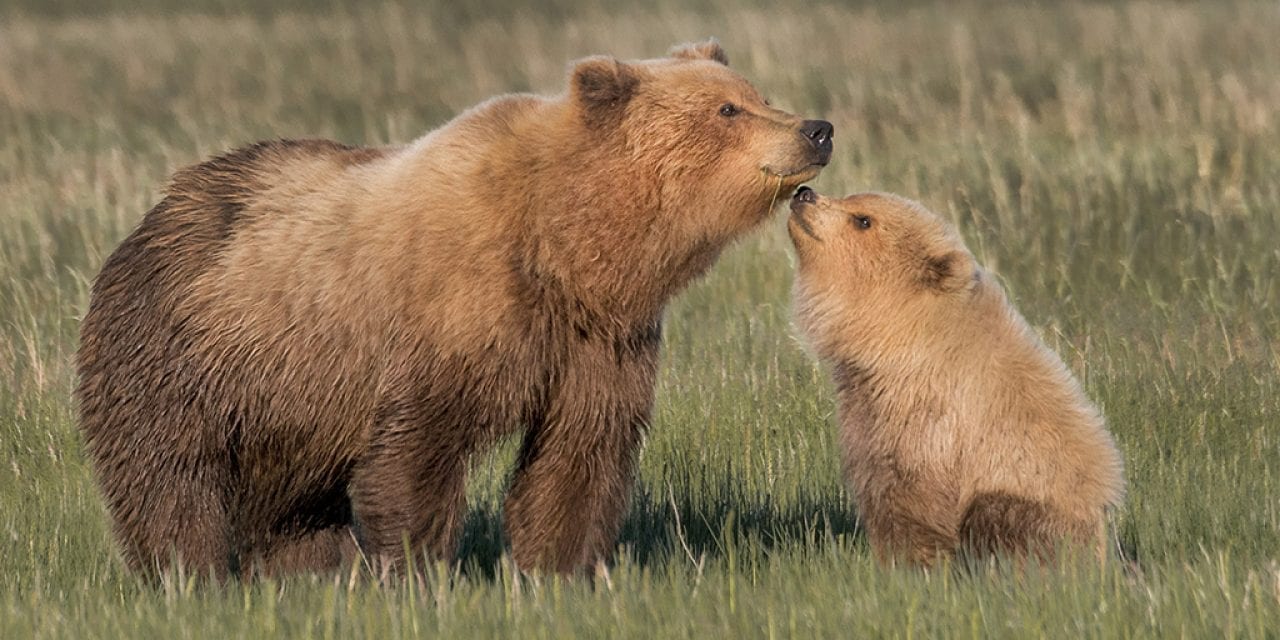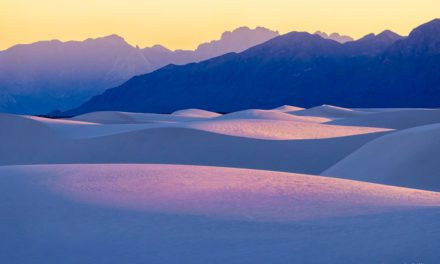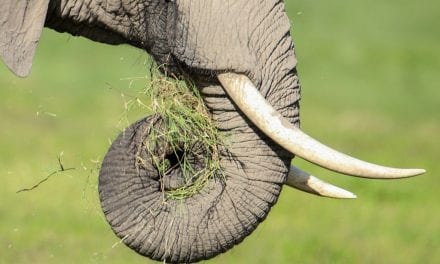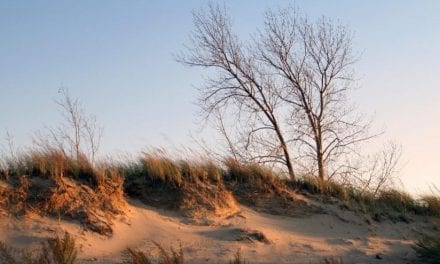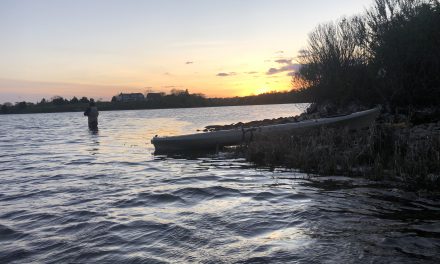
Back in the film days, as wildlife photography was making inroads in photography, a full body shot of any animal made in good light stood out and was highly revered. As more full-body, well-lit portraits hit the market, the bar was raised. This is especially true with the introduction of digital photography. It became incumbent on the photographer to depict action. More time went on and the storytelling image came into vogue. With the sophistication of today’s focus systems, lens speeds, digital sensors and complex onboard computers in camera bodies, what was once considered a great shot has become commonplace. So how does one make wildlife photos that grasp the attention of a viewer? Let’s dig deeper into this week’s tip and learn how to go beyond the basic portrait.
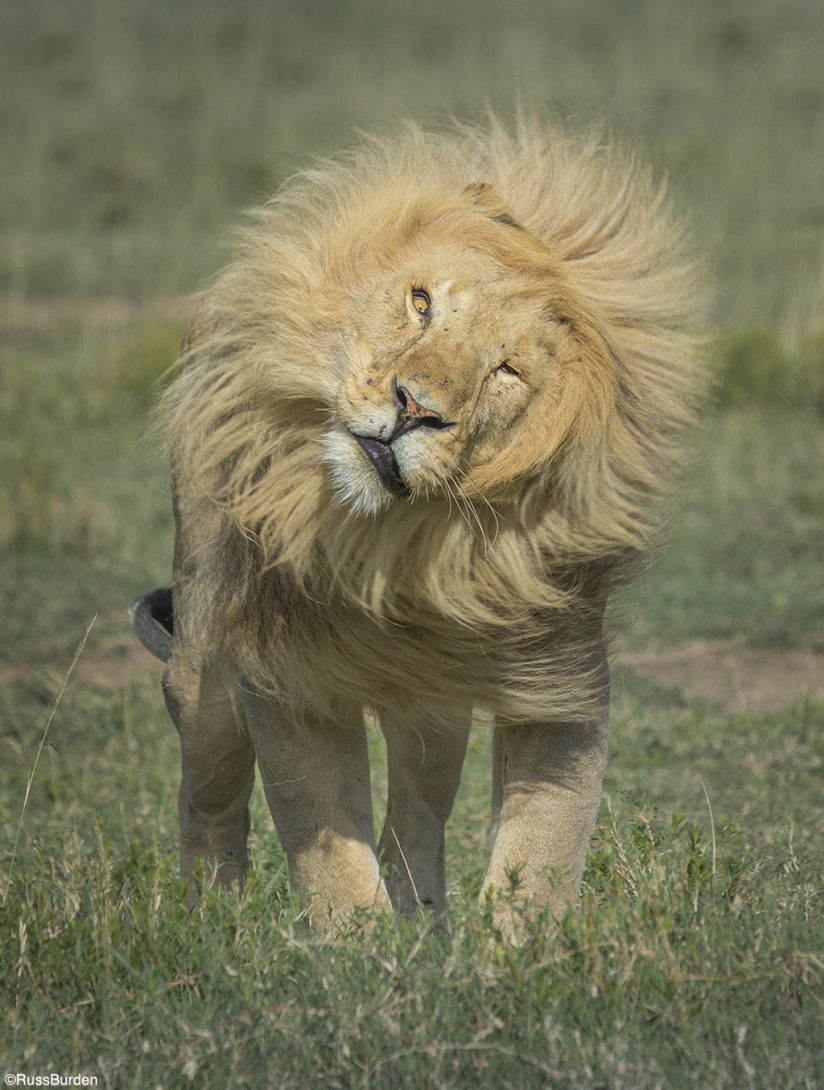
Nothing comes easy, so if you’re expecting to simply explore this week’s tip and come away with an easy answer, think again. Dedication, hard work, intense preparation, hours in the field, hours learning a subject’s behavior, commitment and more all play into the formula. You need to devote time and discipline to bring your images to the next level. It’s not my intention to scare anyone away, but I need to be up front. If you have the drive and stamina, read on.
The Placeholder Concept: If you’ve never made an image of a zebra and you come across one in terrible light with a distracting background but you still make a photo, it’s the best shot of a zebra you’ve ever made. This becomes your placeholder. The idea is to constantly work on upping each placeholder of every species you intend to photograph. If it’s your fifth time making images of wood ducks and you have a great shot in great light of a wood duck with a mirrored reflection, now concentrate on getting an image of it in flight, running across the water, with reflected fall color or interacting with other wood ducks. As you continue to “up” the placeholders in your files and create images of which you’re proud, then show them off and feel good about them.
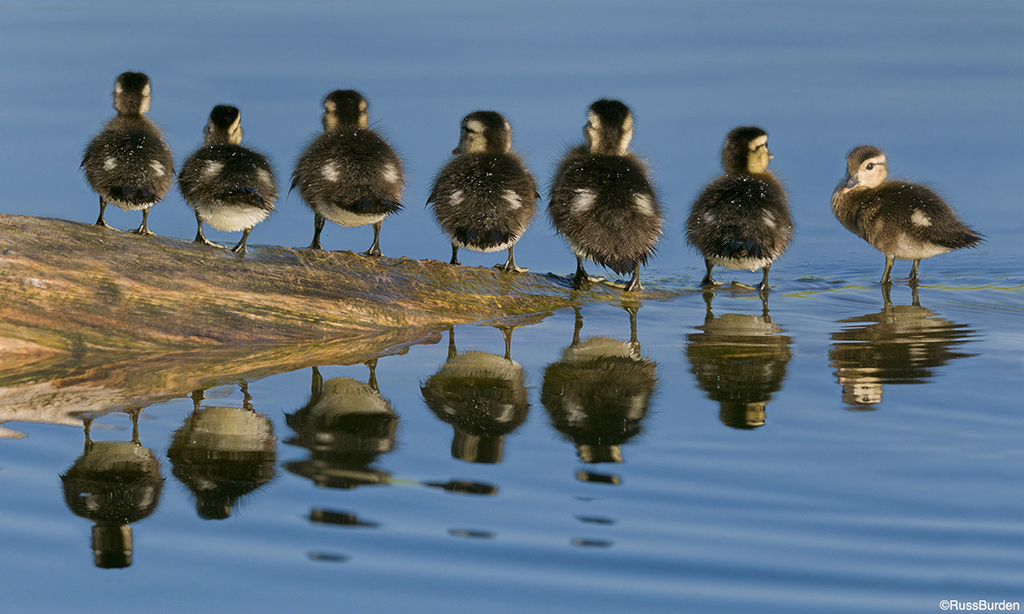
Technical Aspects: The split-second moments that will set your images apart from all other photographers don’t last long. While this may sound basic, it’s imperative you keep your eye glued to the viewfinder. If something happens, you want to make sure you’re viewing the action to procure the capture. It’s impossible to “live” behind the viewfinder, but those who dedicate more time to sticking with it will be those who obtain the shot. The animal won’t repeat the interaction, facial expression, run across the water, or re-chase the prey, so it behooves you to stay prepared. Set your camera body to high-speed motor drive, be sure the focus is set to continuous so it follows the action, have your ISO set to a number that provides a shutter speed that arrests any movement and make sure you have battery power and card space.
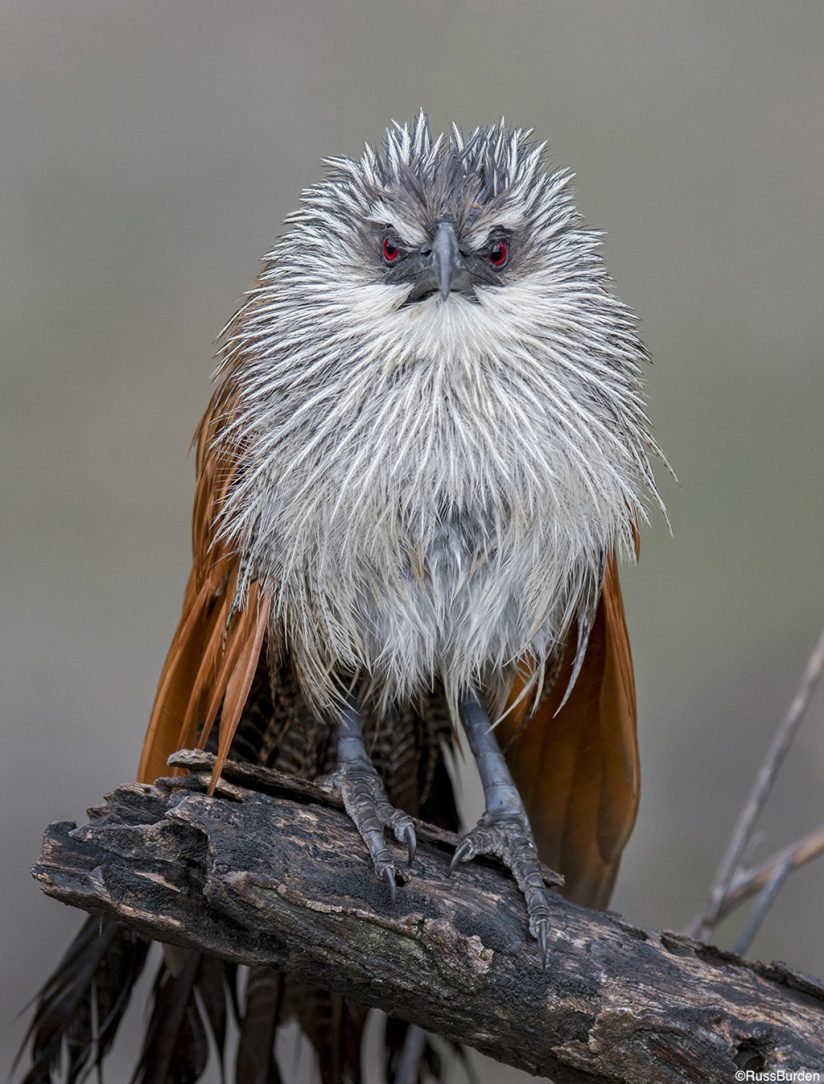
Subject Education: It’s incumbent upon you to know the behavior of an animal. What facial signs does it provide that lets you know it’s about to do something? What time of year is it that drives the animal to elicit certain behaviors? What signs does it provide to let you know it’s uncomfortable, it will show aggression, it will take flight or it’s demonstrating relaxation? Whether you learn these aspects by exploring the internet or by staying in the field with the species, learn its behaviors.
Time in the Field: After you’ve done your research learning about the subject, it’s time to head out into the field. The first hour after sunrise and the last hour before sunset provide the best light. In the span of a day, this limits the time at which the best captures can be made. If you don’t encounter your subjects within these two time periods, the best light will be gone. Good photos can still be made outside these windows, but the light won’t be as appealing. Secondly, time spent in the field with the same animal will be rewarding in that the more it knows you’re not a threat, the more it will demonstrate natural behavior.
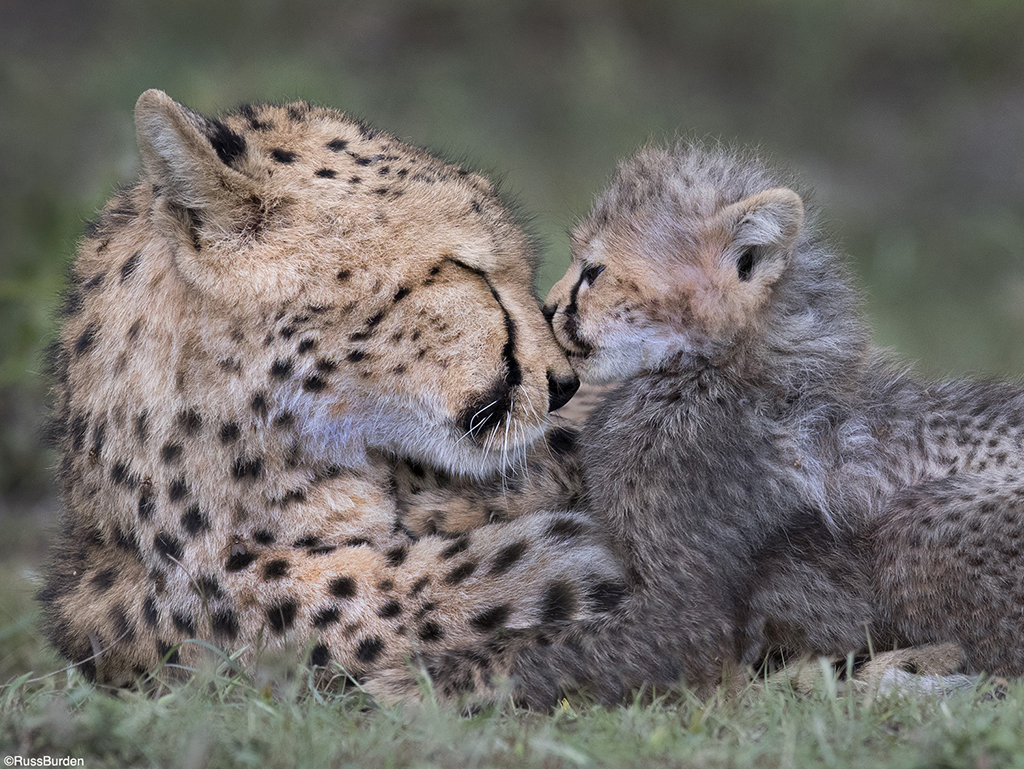
Luck: Luck comes to those who work hard and dedicate time to their craft. Viewers of photos are often heard saying how lucky it was for that photographer to be there when [fill in the blank] happened. That’s absolutely true, but for how many minutes, hours, days, weeks, months and more was that photographer there before he or she got that “lucky” moment. Does it happen where something comes together the first time out? Absolutely, but it’s not the norm. The number of days I’ve been busted, the number of days where I don’t get a chance to up a placeholder, the number of days I’ve driven and not even gotten out of the car because of weather far outweigh those scarce days where an ear-to-ear grin is plastered on my face.
Become one of the lucky ones and apply all I have stated above, and may you be granted many ear-to-ear grin days.
Visit www.russburdenphotography.com for information about his nature photography tours and safari to Tanzania.
The post Beyond The Basic Portrait appeared first on Outdoor Photographer.

